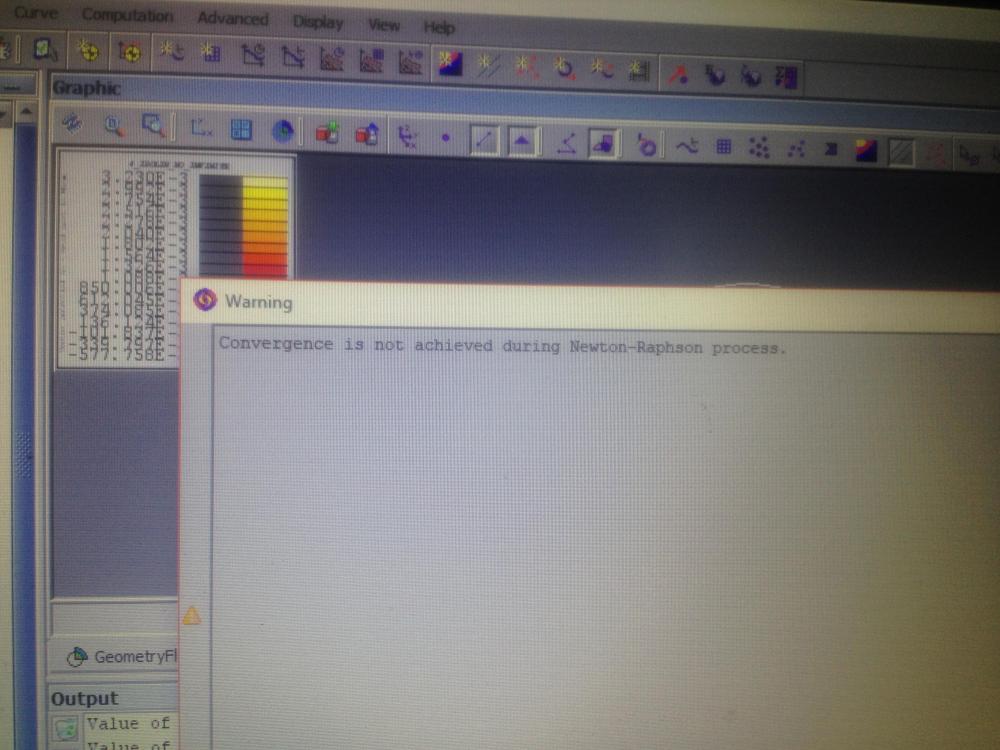hi dears,
i make two designs of induction motors , with both design i have problem of convergence, i can not know where is the error, please can you check them and help me?
<?xml version="1.0" encoding="UTF-8"?>
Unable to find an attachment - read this blog